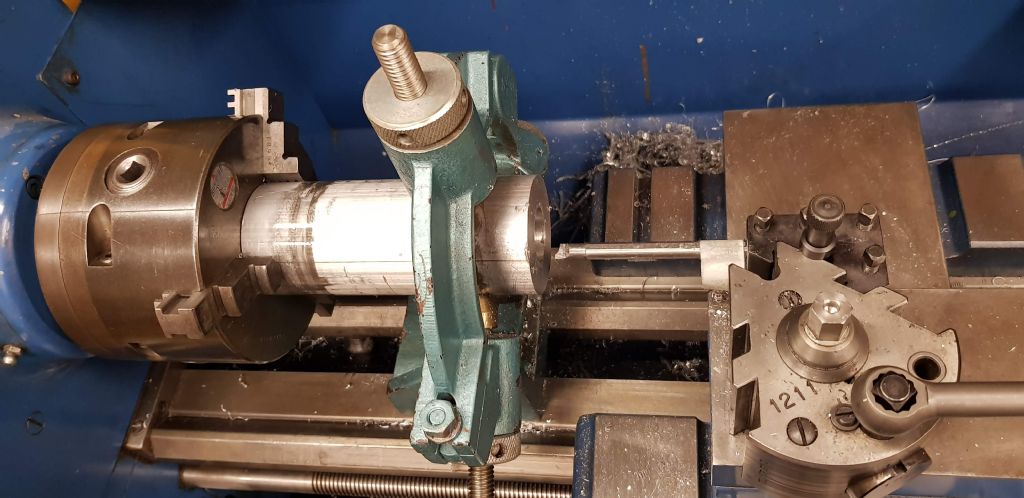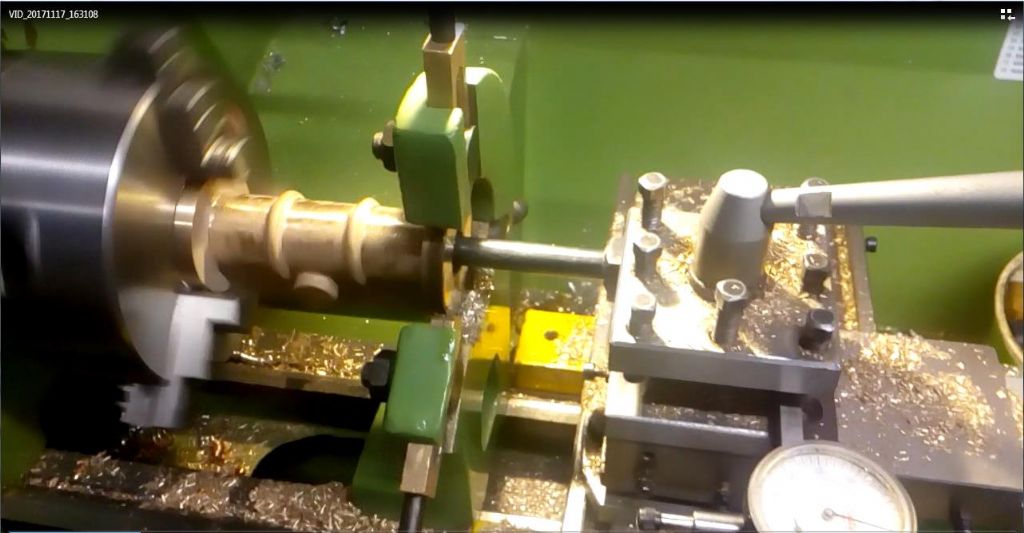Correct boring with a steady – advice please :-)
Correct boring with a steady – advice please :-)
- This topic has 23 replies, 13 voices, and was last updated 14 April 2020 at 21:53 by
YouraT.
Viewing 24 posts - 1 through 24 (of 24 total)
Viewing 24 posts - 1 through 24 (of 24 total)
- Please log in to reply to this topic. Registering is free and easy using the links on the menu at the top of this page.
Latest Replies
Viewing 25 topics - 1 through 25 (of 25 total)
-
- Topic
- Voices
- Last Post
-
- Midlands Model Engineering Exhibition, Thursday 16th to Sunday 19th October 2025
- 2
- 24 May 2025 at 17:14
- Model Turbines 1 2 … 24 25
- 28
- 23 May 2025 at 21:33
Viewing 25 topics - 1 through 25 (of 25 total)
Latest Issue
Newsletter Sign-up
Latest Replies
- Drilling O1 for small parts
- Quill Mounted DTI Holder?
- boiler mounting
- ‘STIFF’ Compound Slide
- GRIPTRU Chuck adjust
- Midlands Model Engineering Exhibition, Thursday 16th to Sunday 19th October 2025
- The New Help and Assistance Topic
- Aliphatic glue removal/separation
- Pinnacle milling machine
- Stuart Twin Victoria (Princess Royal) Mill Engine







